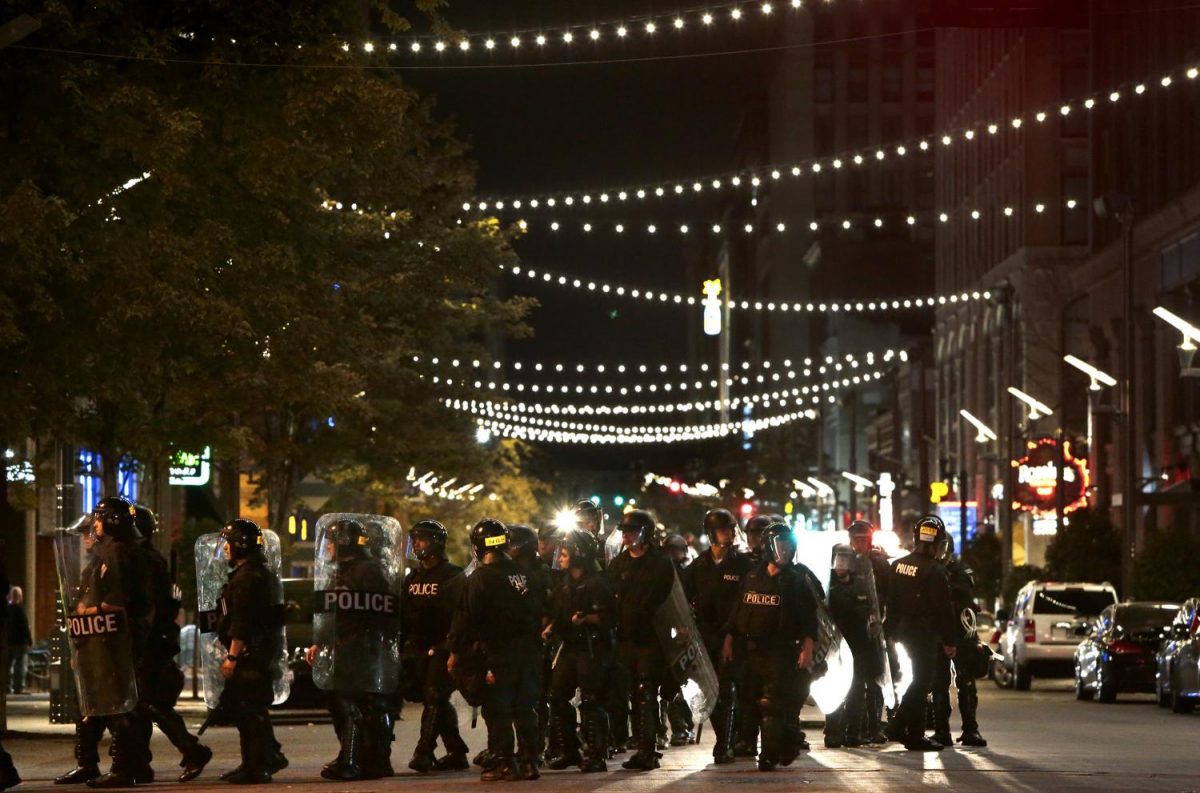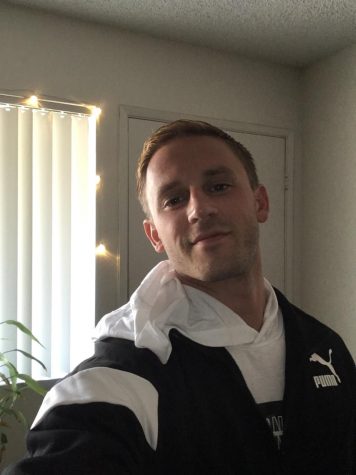Angry protesters turned to vandalism before being met with riot squad in St. Louis. After news reports of police officer Jason Stockley’s acquittal of murder charges, protesters hit the streets, vandalizing city property and private businesses as well as throwing projectiles at officers, even breaking windows of the St. Louis’ mayor Lyda Krewson’s home.
For those who don’t recall the incident, a white St. Louis police officer Jason Stockley shot and killed 24-year-old African American Anthony Lamar Smith in December of 2011. Smith, a convicted drug dealer out on parole at the time, was approached by Stockley and his partner Brian Bianchi when they witnessed what appeared to be a drug deal in progress. Smith fled from Stockley and Bianchi when they drew near, reversing his Buick sedan into the police cruiser multiple times. Stockley fired at Smith as he drove off.
During the short, high-speed pursuit that ensued, officer Stockley was recorded exclaiming, “We’re going to kill this mother f***er…” Smith, who was the father to a then one year-old daughter who eventually received a $900,000 settlement from the city of St. Louis, eventually stopped his vehicle after a pursuit intervention technique was executed and was then shot five times by officer Stockley, an act he justified was in self-defense. Other than the police-issued handgun used to kill Smith, Stockley was wielding his personal AK-47 against department policy which he later received a thirty-day suspension for in 2013.
Cameras in the police cruiser recorded Stockley making two trips to and from the cruiser after he killed Smith. On the second trip, Stockley was recorded rummaging in a duffle bag placed on the back seat for about thirty seconds before placing half his body through the window of Smith’s vehicle. It was later suggested by prosecutors that Stockley had planted a gun in Smith’s vehicle. A revolver containing only the DNA of officer Stockley was found in Smith’s car. Stockley’s DNA was even found under the screws and pins used to assemble the firearm. An undisclosed amount of heroin was also discovered in Smith’s vehicle, on which Smith’s D.N.A. was found.
Officer Stockley resigned a few years after the incident and moved out of state. He was not charged with first-degree murder until May 2016 after he was arrested at his home in Houston, Texas.
On Sept. 15, 2017, Stockley was found not guilty of the charges filed against him in St. Louis. Well-respected for his impartial judgment, St. Louis Circuit Judge Timothy Wilson declared there was not enough evidence to convict Stockley of the charges filed against him. In regard to the weapon found in Smith’s car, Wilson said, “An urban heroine dealer not in possession of a firearm would be an anomaly.”
Upon the very day news of the verdict was released protests formed within the city of St. Louis. Acts of vandalism occurred and over a four-day period a total of nearly one hundred protesters were arrested. On Sep. 18, 2017 as night fell protest organizers called off the event. Many protesters went about their business but many others reorganized and a riot broke out. Windows to a downtown St. Louis police station were broken along with several privately owned businesses. City trash cans and large flowerpots were overturned however, damage was minor. St. Louis Police warned the mob an hour ahead of time that a riot squad would be dispersed.
During the time of the riot, police officers chanted, “Whose streets? Our streets!” Though the phrase has been used by many groups of protesters over the years, even by the LGBT community, protesters affiliated with the Black Lives Matter movement are often associated with the phrase.
Krewson called the chanting, “unprofessional.” Photojournalist David Carson posted a series of tweets confirming the chants, and later said he spoke to commanding officer Lt. Col. Leyshock who said he, “did not hear the chant but it was unacceptable and that he would deal with it.” Video recording of the chant and the initial 2011 incident are available online.




